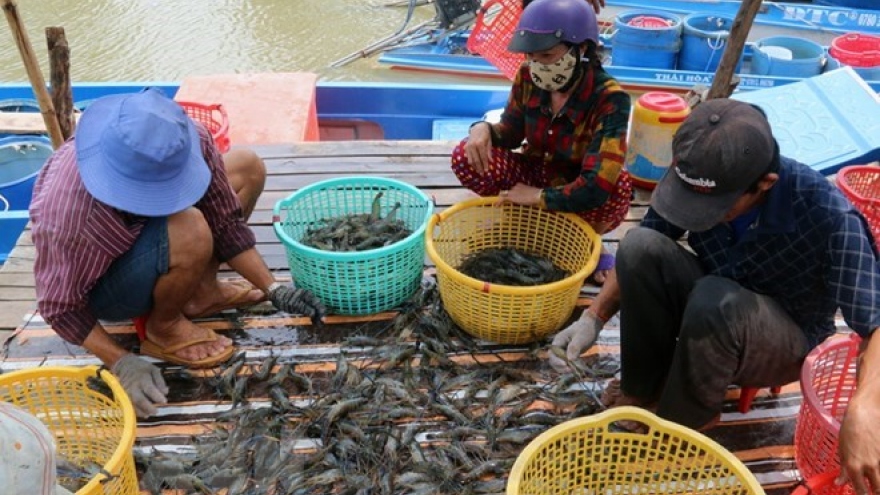Vietnam’s seafood exports to ASEAN expected to reach US$1 billion soon
With its continuous growth over the past 10 years, ASEAN has become an important market for Vietnamese seafood, and the prospect of US$1 billion worth of yearly seafood export revenue is reachable.
 |
| Illustrative image |
Although the figure remained modest compared with exports to major markets like the US, the EU, Japan and China, ASEAN ranked fifth among the most important markets of Vietnamese seafood.
The 10-member group maintained this position in the first six months of this year, with most exports to ASEAN posting positive growth. Of note, ASEAN surpassed the Republic of Korea (RoK) to become Vietnam’s biggest fried fish paste and surimi importer with a value of US$43 million.
Among ASEAN countries, Thailand has been the largest partner of Vietnam’s fishery sector, as reflected through the export revenue of US$248 million in 2017 and more than US$185 million in the first eight months of this year.
Thailand is the only ASEAN country among the top 10 single markets of Vietnamese seafood, together with countries like the US, Japan, China, the RoK, the Netherlands and the UK.
After Thailand, the Philippines and Singapore are Vietnam’s second and third largest seafood importers in the group.
Vietnamese fishery products have been shipped to all other ASEAN countries, with top items being saltwater fish, tra fish, cuttlefish and octopus.
VASEP said Vietnam has potential to step up its seafood exports to the group with a combined population of 632 million whose seafood demand is forecast to rise from 24.5 million tonnes in 2015 to 36.9 million tonnes in 2030 and 41.7 million tonnes in 2050.
Seafood trading in ASEAN stands at US$20 billion each year and is expected to expand by 3.7% annually in the years to come.
ASEAN groups Brunei, Cambodia, Indonesia, Laos, Malaysia, Myanmar, the Philippines, Singapore, Thailand and Vietnam.



